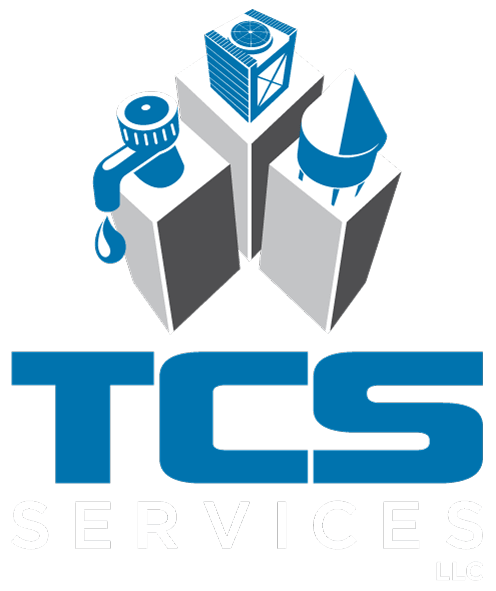Legionella
Management
Schedule Your Legionella Risk Assessment Today!
Our assessment will evaluate how you address Legionella Growth and what adjustments you should make concerning Domestic Water, Cooling Towers, Fountains, Ice Machines, Bottle Filling Stations, and more.
Make Sure Disinfectant Amounts Are Right
When there is a reduction in disinfectant levels in your building water systems, Legionella can grow. In some buildings, processes such as heating, storing, and filtering can reduce the amount of available disinfectant, allowing Legionella to grow if steps are not taken to stop it. Your building water supply may need long-term supplemental disinfectants added to the water to boost the level of disinfectant and help limit Legionella growth. Examples of disinfectants include chlorine, mono-chloramine, chlorine dioxide, ultraviolet light, and ozone.
Make Sure Water Temperatures Are Right
Legionella grows best within a certain temperature range (77°F-108°F). To keep water outside the range for Legionella growth, it is important to keep cold water cold and keep hot water hot.
Prevent Stagnation
When water does not flow well, the resulting areas of stagnation encourage biofilm growth, reduce water temperatures to levels that allow Legionella to grow, and reduce levels of disinfectant. It is important to understand the flow of water in your building in order to identify areas of risk where water may become stagnant.
Operate and Maintain Equipment
Maintaining and operating your building’s equipment effectively will help prevent biofilm, organic debris, and corrosion from contaminating your water system; all of these provide a habitat and nutrients for Legionella.
Monitor External Factors
It is important to monitor external factors that may affect the water entering a building and increase the growth of Legionella in complex water systems. Construction, water main breaks, and changes in municipal water quality are all important factors to consider.
Where Legionella Can Grow or Spread
Legionella can grow in many parts of building water systems that are continually wet, and certain devices can then spread contaminated water droplets.
People at Risk for Legionnaires’ Disease
People can get Legionnaires’ disease if they breathe in water droplets containing Legionella or if contaminated water goes into the lungs while drinking. Certain groups of people are at increased risk for getting Legionnaires’ disease, including those 50 years or older, current or former smokers, and people with chronic disease or weakened immune systems.
Waterborne Risks beyond Legionella
Many of the environmental factors that encourage Legionella growth also allow for growth of other are germs that grow well in drinking water distribution systems, such as Pseudomonas and nontuberculous mycobacteria. For healthcare facilities, water management programs are especially important as a way to help reduce the risk of infection among vulnerable patient populations, staff, and visitors.
Contact TCS Today
If you need expert help to develop a compliant and effective water management plan for your facility, contact us today.

16 Wassell Lane
Westport, CT 06880
(203) 726-0716
